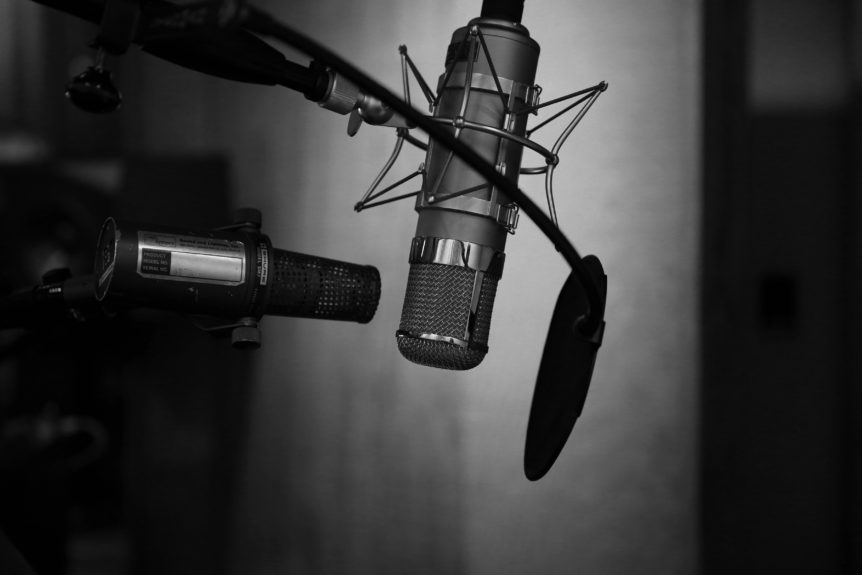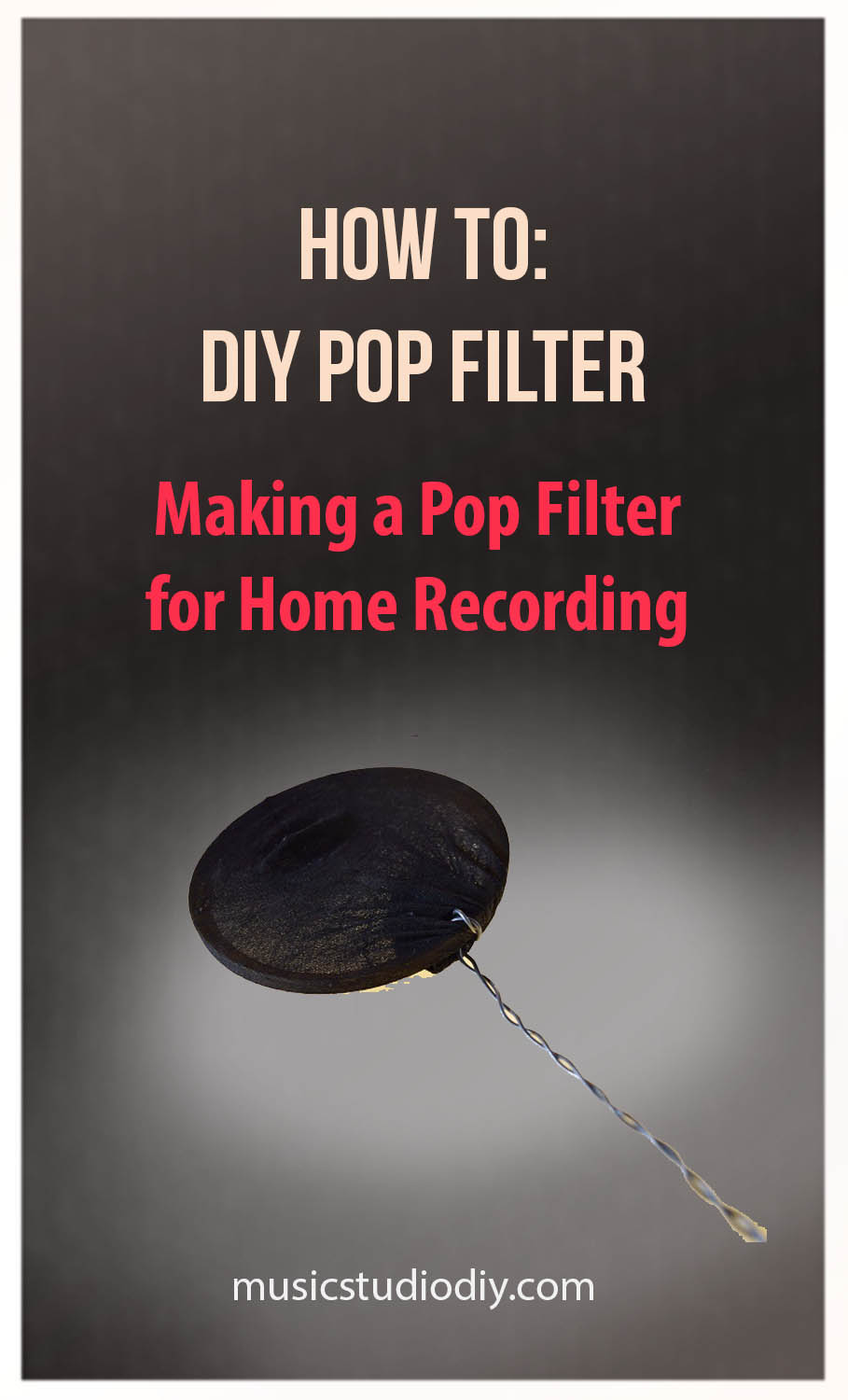 Can I use stockings as a pop filter for my studio recordings?
Can I use stockings as a pop filter for my studio recordings?
Hmm… Given the simplicity of a Pop Filter, you just may find yourself asking this question… Or looking for ways to work around it. Or, you simply may not have one on hand within the moment. This article takes a simple alternative to the tradition pop filter. We look at how to make a pop filter out of stockings.
Pop filters are typically on the more affordable side of music studio equipment in general. They are also relatively small and simple tools to use in studio. Because of this, their importance is often underestimated, although these form a huge part of creating quality recordings in a home music studio.
In this article, we take a look at whether there are viable alternatives to actual pop filters. And more importantly, if this route would be worthwhile long-term. So, can you use stocking as a pop filter?
Why Use a Pop Filter?
Creating high-quality music in any music studio is key if you actually aim to get your music out there successfully. Pop filters, as simplistic as they are, form a critical component in terms generating crisp, clear vocal recordings.
Different microphones vary when it comes to the sensitivity of their diaphragms. But regardless the type of mic you are using, be it a condenser or dynamic mic etc, it is always best to make use of a filter/shield. Pop filters are multifunctional in that:
-
- Firstly, they shield the microphone you are using from “plosive sounds”. These are basically sounds emitted by the vocalist such “P’s” and “B’s”. In particular, plosive sounds are created when gusts of air are created when the vocalist pronounces these. The bursts of air rush toward the diaphragm of the microphone, and create an unpleasant noise that can distort the quality of your recordings.
-
- Secondly, Pop Filters also protect your microphone from internal damage as a result of any possible saliva entering it. The filter creates a barrier between the vocalist and mic in this sense.
-
- Overall, pop filters allow for optimal vocal clarity (given that you’ve treated your room correctly), prior to any digital editing that may follow.

(To learn more about creating professional vocal recordings/edits at home, check out this article on 11 Tips for Professional Sounding Vocals in your Studio.)
We now have an understanding of the relevance of pop filters in studio recording studios. Let’s move on to the reason we’re really here, shall we? Let’s work out if we can use stockings as a pop filter in your home studio.
Can I Use Stockings as a Pop Filter for my Studio Recordings?
To answer the question briefly, yes, you can make a DIY pop filter at home for your recordings. The only factors to bear in mind are if the filter you make will actually stand the test of time. Also whether they perform the task effectively in comparison to manufactured Pop Filters.
As mentioned previously, manufactured Pop filters may vary in terms of cost, yes, but overall they are very affordable items to consider. However, whether you’re on a really tight budget and want to DIY it, or whether you simply need a quick workaround, this quick guide on How to Use Stockings as a Pop Filter should help you out.
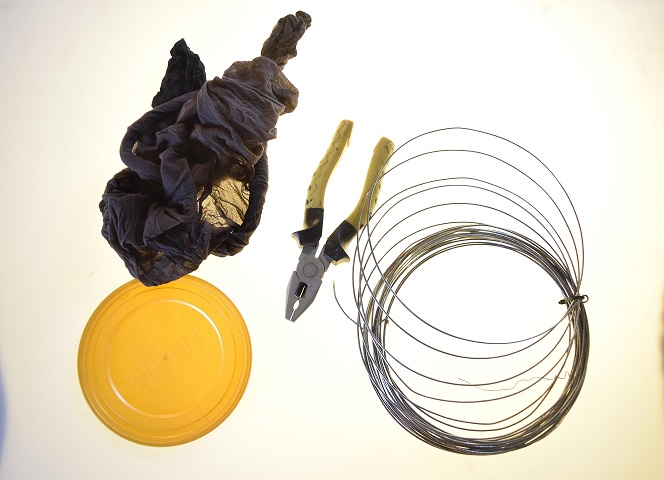
Step 1: Finding a Frame for your Filter
To start with, in this guide, you want to find a circular frame that creates the structure of your filter. You can make use of a number of different materials. These could include:
- The use of a coffee container lid
- Any wire that is available. Preferably, a wire that is thick and won’t contort out of shape easily. This could include a wire coat hanger.
- Any alternative material that is relatively sturdy, and either is in circle form or can be made into one.
Whatever material you use to create for your frame, try to ensure that the circumference of the circular frame is long enough. A lot of the time, wider pop filters are preferable as they allow for a little more physical movement of the vocalist. Smaller filters can be more constricting as you have to be more particular about where you position yourself.
- At the least, try to go for about 6 inches (15cm) in diameter.
- Smaller standard filters are commonly about 4 inches. (10cm) in diameter.
Step 2: Make the Frame
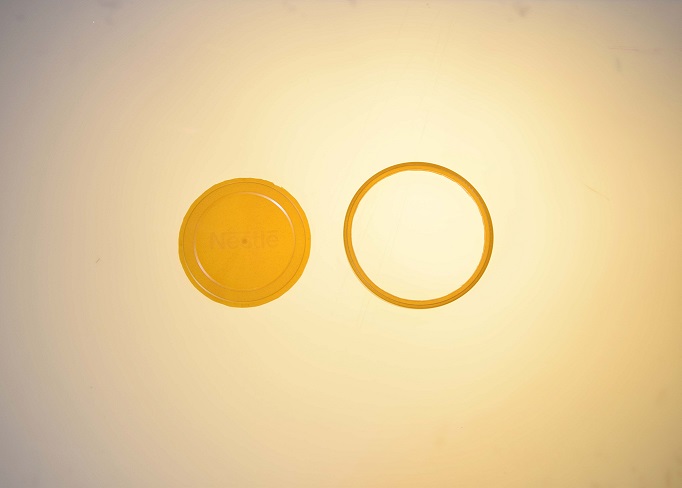 If you’re using the lid of a coffee container, start by cutting out the central disk area of the lid as pictured. Using a wire, alternatively, could be better as it would be easier to customize the size of the frame to your liking.
If you’re using the lid of a coffee container, start by cutting out the central disk area of the lid as pictured. Using a wire, alternatively, could be better as it would be easier to customize the size of the frame to your liking.
In the case of a wire frame (or whatever pliable material you’re using), you now want to create the circular frame. Start by measuring and the diameter of the frame you’re making using a compass. Then, draw out the circumference of the circle to use as a guideline. Bend your wire as neatly as possible in a circle according to the measurements.
Step 3: Create a Gooseneck
The gooseneck of a Pop Filter is basically the extension from the filter itself to the stand onto which you will mount your filter. Making wire gooseneck makes more sense as most standard filters are made this way. It enables you to maneuver and adjust the filter’s position to suit the vocalist.
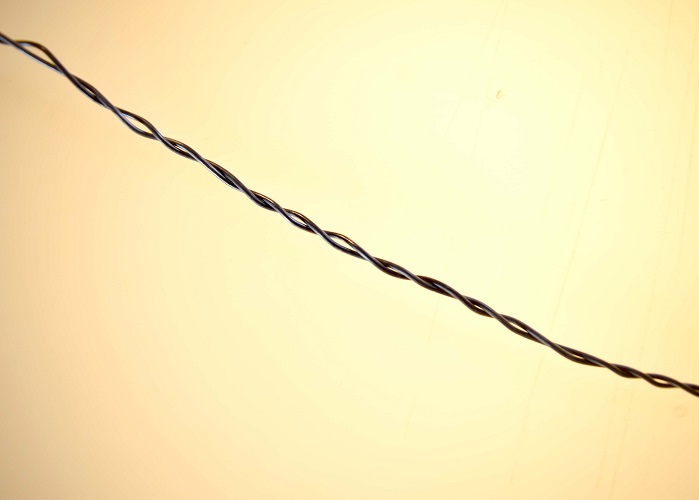
Many Pop filters have goosenecks of about 13 inches. Feel free to customize it to your desired length.
Step 4: Use the stocking material as a Filter
Next, you have to create the actual filter into which the vocalist would sing. This step is simple enough. Ensure that your stocking has a closed end (like the foot section of the stocking. Next stretch the material over the frame you are using. Secure the stocking by tying a knot so it does not come loose. Alternatively, you could go for any wire mesh material you may have lying around. Materials that are a little more rigid than stocking tend to work better as filters.
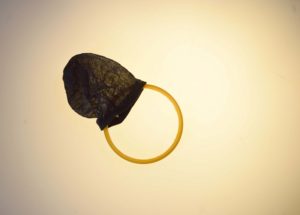
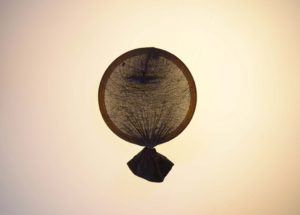
This is pretty much the standard method for creating a makeshift pop-filter. You can, of course, adjust your materials or measurement to suit you if you must.
Step 5: Attach your Gooseneck to the filter
Lastly, attach the gooseneck you made earlier to the filter. You could choose to do this step prior to add the stocking material.
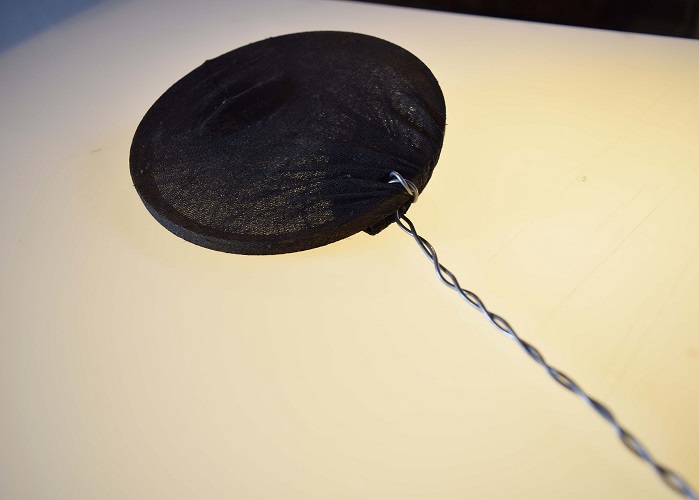
Recommendations: Should I Buy a Pop Filter?
The quick tutorial above about whether you can use stockings as a Pop Filter should preferably be seen as a temporary fix. It is true that you don’t need to go over the top and splurge exorbitantly on gear to produce decent music. However, professional sounding is music does come with a little bit inevitable investment.
The DIY pop-filter solutionA would be more suitable for if you don’t work with vocals a lot in your music. We’ve shown you how to make a pop filter out of pantyhose. However, frequent use would, in the long term, see you having to make a new one, and another soon after. So while you can use stockings as a pop filter, bare this in mind.
Pop Filters overall are highly affordable items that won’t break your bank. They’re completely worth the purchase and are ideal for your home music studio. The little more you’re willing to spend, of course, the better the quality and longevity you’re likely to get.
For recommendations on the best pop filters to use, keeping cost in mind, check out this article on Pop Filters for Home Music Studios.
Learn more about producing with sonic clarity in your studio in Audio Cabling for your Home Music Studio.
